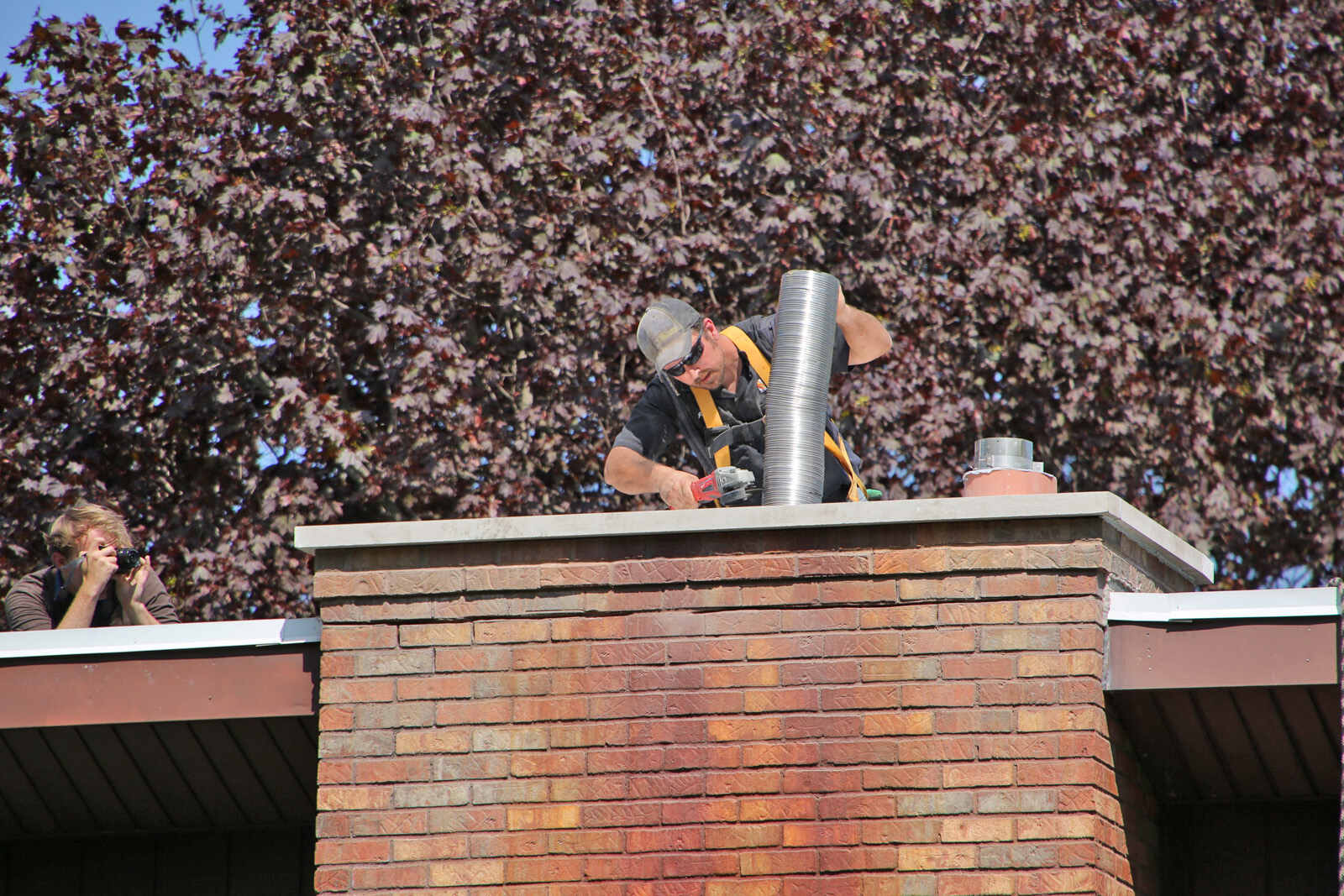

Articles
How To Know If Chimney Is Safe
Modified: October 20, 2024
Learn how to determine if your chimney is safe with these informative articles. Ensure the well-being of your home and family.
(Many of the links in this article redirect to a specific reviewed product. Your purchase of these products through affiliate links helps to generate commission for Storables.com, at no extra cost. Learn more)
Introduction
A chimney is not only a functional feature of a home, but it also plays a crucial role in keeping your house safe. It is responsible for safely venting smoke, gases, and other byproducts of combustion from your fireplace or heating system. However, over time, chimneys can deteriorate and become unsafe, posing potential hazards to your family and property. It is important to be aware of the signs of a safe chimney to ensure the well-being of your home.
In this article, we will explore the importance of having a safe chimney, as well as provide you with insights on how to determine if your chimney is safe. By following these guidelines, you can ensure that your chimney is in proper working condition and minimize the risk of accidents or hazardous situations.
Key Takeaways:
- Regular maintenance and inspections are crucial for ensuring a safe and efficient chimney. By identifying signs of safety and addressing issues promptly, you can enjoy the comfort of your fireplace with peace of mind.
- Hiring a professional chimney sweep is essential for thorough inspections, proper cleaning, and addressing repairs. Their expertise ensures compliance with safety codes and detection of potential hazards, safeguarding your home and family.
Read more: How To Know If Your Chimney Needs Cleaning
Importance of a Safe Chimney
A safe chimney is essential for the overall safety and efficiency of your home. Here are a few reasons why maintaining a safe chimney is of utmost importance:
- Fire Hazard Prevention: A properly functioning chimney helps prevent the buildup of flammable substances, such as creosote, in the flue. Creosote is a byproduct of burning wood and can accumulate over time, increasing the risk of chimney fires. Regular chimney maintenance and inspections can identify and mitigate these fire hazards.
- Carbon Monoxide Protection: One of the most dangerous threats associated with a malfunctioning chimney is carbon monoxide (CO) poisoning. A blocked or faulty chimney can cause carbon monoxide to be released into your home, which is a silent and odorless gas that can be fatal. Ensuring your chimney is safe and properly venting gases reduces the risk of carbon monoxide poisoning.
- Structural Integrity: A well-maintained chimney contributes to the structural integrity of your home. Over time, the mortar and bricks of the chimney can deteriorate due to exposure to heat, moisture, and other elements. Regular inspections can identify any signs of damage or structural issues, allowing you to address them promptly and prevent further deterioration.
- Energy Efficiency: A safe chimney is crucial for maintaining energy efficiency in your home. An improperly functioning chimney can cause drafts, allowing cold air to enter and warm air to escape, which can lead to higher heating costs. By ensuring your chimney is in good condition, you can optimize energy efficiency and reduce heating expenses.
- Peace of Mind: Knowing that your chimney is safe provides peace of mind to you and your family. You can enjoy the warmth and ambiance of your fireplace or heating system, knowing that you have taken the necessary measures to prevent potential hazards.
By recognizing the importance of a safe chimney, you can prioritize regular maintenance, inspections, and necessary repairs to ensure the safety and well-being of your home and loved ones.
Signs of a Safe Chimney
Identifying the signs of a safe chimney is crucial in maintaining its functionality and preventing potential hazards. Here are some key indicators that your chimney is in good condition:
- No Visible Damage: Conduct a visual inspection of the chimney from both the exterior and interior of your home. Look for signs of cracks, crumbling mortar, loose bricks, or any other visible damage. A structurally sound chimney is essential for safe operation.
- Steady and Straight Chimney: A well-built chimney should be straight and not leaning or tilting in any direction. If you notice any significant leaning or misalignment, it may indicate structural issues that need to be addressed.
- Clear Chimney Cap and Crown: The chimney cap and crown protect the chimney from water infiltration, debris, and animals. Ensure that they are intact and free from cracks or damage. A damaged chimney cap or crown can lead to water damage, which can compromise the safety and integrity of the chimney structure.
- Proper Ventilation: Adequate ventilation is crucial for a safe chimney. Ensure that there is proper airflow and that smoke and gases are effectively being expelled through the chimney. Signs of inadequate ventilation include excess smoke or strong odors in the home when using the fireplace or heating system.
- Functioning Flue System: The flue system is responsible for guiding smoke and gases out of your home. Make sure that the flue is clear of any blockages, such as debris or animal nests. Additionally, check for any signs of damage or deterioration in the flue lining, which can pose a fire hazard and lead to gas leaks.
- Carbon Monoxide Detection: Install carbon monoxide detectors in your home, especially near the fireplace or heating system. These detectors can alert you to the presence of dangerous levels of carbon monoxide, providing an additional layer of safety.
While these signs can help you determine the overall safety of your chimney, it is always recommended to consult with a professional chimney sweep or inspector for a thorough evaluation. They have the expertise and tools to identify any hidden issues and provide appropriate solutions.
Remember, regular chimney maintenance and inspections are crucial in ensuring the long-term safety and functionality of your chimney. By being vigilant and proactive, you can enjoy a safe and efficient chimney for years to come.
Visual Inspection
A visual inspection is the first step in assessing the safety of your chimney. By examining both the exterior and interior of the chimney, you can identify any visible signs of damage or deterioration. Here are the key areas to focus on during a visual inspection:
- Exterior Inspection: Start by inspecting the exterior of the chimney from ground level. Look for any cracks, gaps, or missing bricks in the chimney structure. Check for signs of leaning or tilting, as this can indicate structural issues. Additionally, examine the chimney cap, crown, and flashing to ensure they are intact and in good condition.
- Interior Inspection: Proceed to inspect the interior of the chimney. Open the damper and use a flashlight to examine the flue lining. Look for any signs of cracks, gaps, or deterioration in the lining. Pay close attention to the joints between the flue tiles, as this is a common area for damage to occur. Check for any blockages, such as nests or debris, that may hinder proper airflow.
- Mortar and Bricks: Inspect the mortar joints between the bricks or stones of the chimney. Look for any signs of crumbling, cracks, or gaps. If the mortar is deteriorating, it may need to be repaired or repointed to ensure the structural integrity of the chimney.
- Chimney Cap and Crown: Examine the chimney cap and crown for any signs of damage. The chimney cap should be securely in place with no cracks or missing pieces. The crown should be solid and free from cracks, as it helps protect the chimney from water damage.
- Flashing: Check the chimney flashing, which is the metal strip that seals the joint between the chimney and the roof. Ensure that it is properly installed and without any gaps or damage. Faulty flashing can lead to water leaks and cause significant damage to the chimney structure.
During your visual inspection, make note of any concerns or issues that you may come across. While a visual inspection can provide valuable insights, it is still recommended to seek the expertise of a professional chimney sweep for a comprehensive assessment.
By conducting regular visual inspections, you can spot potential problems early on and take appropriate action to maintain the safety and functionality of your chimney.
Checking for Structural Damage
Ensuring the structural integrity of your chimney is essential for its safe operation. Over time, various factors such as weather, age, and settling can cause damage to the chimney structure. Here are a few steps to follow when checking for structural damage:
- Inspect the Masonry: Carefully examine the bricks or stones that make up the chimney. Look for cracks, gaps, or any signs of deterioration. If you notice any loose or missing bricks, it may indicate a structural issue that needs to be addressed.
- Check for Leaning or Tilting: Stand at a distance and visually assess if the chimney is leaning or tilting in any direction. A leaning chimney can be a sign of foundation issues or structural damage. If you suspect a significant tilt, it is recommended to consult with a professional for further evaluation.
- Assess the Mortar Joints: Examine the mortar joints between the bricks or stones. Look for crumbling or missing mortar, as this can compromise the stability of the chimney. If you notice any deteriorating mortar, it is advisable to get it repaired or repointed by a professional mason.
- Examine the Chimney Cap and Crown: Inspect the chimney cap and crown for any signs of damage or wear. A damaged chimney cap or crown can allow water to penetrate into the chimney structure, leading to further deterioration. If you notice any cracks or missing pieces, consider having them repaired or replaced to prevent future problems.
- Check for Chimney Settling: Look for any signs of settling around the chimney base. If the chimney appears to be sinking or has created gaps with the surrounding structure, it may be an indication of foundation issues. It is crucial to address settling problems promptly to avoid further damage to the chimney and the rest of the house.
While a visual inspection can help identify certain structural issues, it is recommended to seek professional assistance from a qualified chimney expert or mason. They have the knowledge and experience to conduct a thorough assessment and provide appropriate solutions for any structural damage.
By addressing structural damage in a timely manner, you can ensure the safety and longevity of your chimney, minimizing the risk of potential hazards.
Read more: How Do You Know If Your Chimney Is Open
Evaluating the Chimney Flue
The chimney flue plays a crucial role in safely venting smoke, gases, and other byproducts of combustion out of your home. It is important to regularly evaluate the condition of the chimney flue to ensure it is in good working order. Here are the steps to follow when evaluating the chimney flue:
- Inspect for Blockages: Start by visually inspecting the flue for any blockages. Use a flashlight to check for debris, nests, or any other obstructions that may hinder proper airflow. Blockages in the flue can cause smoke to back up into your home or prevent gases from properly venting, posing serious health and safety risks.
- Check for Creosote Buildup: Creosote is a highly flammable substance that can accumulate within the flue over time. Check for any signs of creosote buildup, such as a thick, black, or shiny residue on the interior walls of the flue. Excessive creosote buildup can increase the risk of chimney fires. If you notice a significant amount of creosote, it is recommended to schedule a professional chimney cleaning to have it safely removed.
- Inspect the Flue Liner: A chimney flue is typically lined with a material, such as clay tiles or stainless steel, that provides insulation and protection. Inspect the flue liner for any cracks, gaps, or signs of deterioration. Damaged or deteriorating flue liners can compromise the safety and functionality of the chimney. If you notice any issues with the flue liner, it is crucial to have it repaired or replaced by a professional chimney sweep.
- Check for Proper Sizing: The size of the flue should be compatible with the fireplace or heating system it serves. A flue that is too large or too small can result in poor drafting and improper venting of gases. Consult with a professional chimney sweep to ensure that the flue is appropriately sized for your specific heating appliance.
- Look for Signs of Condensation: Excessive condensation within the flue can be a sign of poor venting or insulation. Check for moisture or staining on the interior walls of the flue. Excess moisture can cause damage to the flue liner or lead to the formation of mold and mildew. If you notice signs of condensation, it is important to address the underlying issue to prevent further damage and maintain proper venting.
Regularly evaluating the condition of the chimney flue is crucial in ensuring safe and efficient operation. If you have any concerns or notice any issues during your evaluation, it is recommended to seek the expertise of a professional chimney sweep. They can provide a comprehensive assessment and recommend the necessary repairs or maintenance to keep your chimney flue in optimal condition.
Tip: To know if a chimney is safe, have it inspected annually by a professional chimney sweep. Look for signs of damage, such as cracks, loose bricks, or excessive creosote buildup. Also, ensure that the chimney cap and flue are in good condition.
Assessing Ventilation
Proper ventilation is essential for the safe and efficient operation of your chimney. It ensures that smoke, gases, and other byproducts of combustion are effectively expelled from your home. Here are the key considerations when assessing the ventilation of your chimney:
- Adequate Air Supply: Check if there is sufficient air supply for combustion within the room where the fireplace or heating system is located. Without adequate air supply, the fire may not burn properly, leading to the creation of excessive smoke and potentially hazardous gases.
- Operable Damper: The damper is a crucial component that controls the airflow within the chimney. Make sure that the damper is functioning properly and can be fully opened and closed. A faulty or stuck damper can hinder proper ventilation and lead to smoke entering your home.
- Chimney Height: The height of the chimney plays a significant role in providing adequate ventilation. In general, the chimney should be taller than any nearby structures to ensure proper draft. If the chimney is not tall enough, it may struggle to effectively expel smoke and gases, leading to poor ventilation and potential backdraft issues.
- Chimney Cap: A chimney cap is essential for preventing debris, small animals, and rainwater from entering the chimney. Ensure that the chimney cap is in place and free from any damage. A damaged or missing chimney cap can result in blockages or water infiltration, which can impede ventilation and cause additional problems.
- Consider Surrounding Obstructions: Evaluate the immediate surroundings of the chimney for any obstructions that may impede ventilation. Tree branches, buildings, or other structures situated too close to the chimney can obstruct the flow of air, reducing the efficiency of ventilation. Trim any tree branches or remove any obstructions to ensure proper airflow.
If you encounter any issues or concerns during the assessment of ventilation, it is recommended to seek the expertise of a professional chimney sweep. They can provide a thorough evaluation of your chimney’s ventilation and make any necessary recommendations or adjustments to ensure optimal performance.
Remember, proper ventilation is crucial for the safe operation of your chimney and the overall well-being of your home. By ensuring adequate airflow, you can minimize the risk of backdraft, carbon monoxide buildup, and other potential hazards.
Examining Chimney Liner
The chimney liner is an integral component of the chimney system, providing protection and insulation for the surrounding structure. It is important to regularly examine the condition of the chimney liner to ensure its effectiveness and safety. Here are the key steps to follow when examining the chimney liner:
- Visual Inspection: Begin by visually inspecting the chimney liner. Use a flashlight to carefully examine the interior surface of the liner for any signs of damage, such as cracks, holes, or deterioration. Inspect both the upper and lower sections of the liner.
- Check for Corrosion: Chimney liners can be made of various materials, such as clay tiles, stainless steel, or cast-in-place concrete. Check for any signs of corrosion or rust on the liner surface, especially if it is a metal liner. Corrosion can weaken the liner and compromise its ability to contain and direct the byproducts of combustion.
- Evaluate pH Levels: For homes with gas-fired appliances, it is important to assess the pH levels of the flue gases. Excessive acidity in the flue gases can lead to accelerated deterioration of certain types of chimney liners, such as clay or cast-in-place liners. Consider having a professional perform a pH level test to ensure the liner is suitable for the flue gases produced by your specific heating system.
- Inspect Sealant: If your chimney liner has been sealed with a mortar or sealant, check for any cracks or gaps in the sealant. These openings can allow gases or moisture to escape into the chimney structure, leading to potential damage or degradation.
- Look for Flue Obstructions: Check the chimney liner for any obstructions, such as creosote buildup, debris, or animal nests. These blockages can restrict airflow and increase the risk of chimney fires or poor ventilation. If you observe any obstructions, it is important to have them safely removed by a professional chimney sweep.
If you notice any signs of damage or deterioration during the examination of the chimney liner, it is recommended to consult with a professional chimney sweep. They can conduct a more thorough inspection using specialized tools and equipment to accurately assess the condition of the liner.
Regularly examining the chimney liner allows you to identify any potential issues early on and take appropriate measures to maintain a safe and functional chimney system. By ensuring the integrity of the chimney liner, you can minimize the risk of chimney fires, gas leaks, and other hazardous situations.
Inspecting the Chimney Cap and Crown
The chimney cap and crown are essential components of the chimney system, providing protection against water damage, debris, and animal intrusion. Regularly inspecting these elements is crucial in maintaining the safety and integrity of your chimney. Here are the steps to follow when inspecting the chimney cap and crown:
- Examine the Chimney Cap: Begin by visually inspecting the chimney cap. Ensure that it is securely in place and free from any damage or missing pieces. A chimney cap acts as a barrier, preventing rainwater, snow, and debris from entering the chimney. If you notice any cracks, rust, or signs of wear, consider having the chimney cap repaired or replaced to maintain proper protection.
- Check the Chimney Crown: The chimney crown is the cement or concrete layer that covers the top of the chimney. Inspect the crown for any cracks, chips, or deterioration. A damaged chimney crown can allow water to penetrate into the chimney structure, leading to deterioration of the bricks, mortar, and other components. If you observe any issues with the chimney crown, it is advisable to have it repaired or reconstructed by a professional.
- Assess Proper Fit: Ensure that the chimney cap and crown fit properly on top of the chimney structure. They should provide a snug and secure fit to prevent any gaps that may allow water or wildlife to enter. Check for any signs of displacement or misalignment that may require adjustment or repair.
- Look for Effective Drainage: The chimney crown should be designed to allow for proper water drainage. Check that the crown has a slight slope away from the chimney structure to facilitate the flow of water. Ensure that there are no puddles or standing water on the crown, as this can indicate improper drainage and potential water damage.
- Consider Adding a Chimney Cap Screen: To further protect your chimney, consider adding a screen to the chimney cap. This screen acts as an additional barrier against wildlife, such as birds or squirrels, from entering and nesting in the chimney.
Regularly inspecting the chimney cap and crown, along with timely repairs or replacements, helps safeguard your chimney against water damage, debris buildup, and unwelcome guests. If you are unsure or uncomfortable performing the inspection yourself, it is recommended to consult with a professional chimney sweep. They have the expertise to conduct a thorough examination and address any issues to ensure the long-term safety and functionality of your chimney.
Testing Carbon Monoxide Levels
Carbon monoxide (CO) is a colorless, odorless, and highly toxic gas that can be produced by the incomplete combustion of fuels such as gas, oil, or wood. Testing carbon monoxide levels in and around your chimney is crucial for ensuring the safety of your home and loved ones. Here’s what you need to know about testing carbon monoxide levels:
- Install Carbon Monoxide Detectors: Begin by ensuring that you have properly functioning carbon monoxide detectors installed in your home. These detectors are designed to alert you if carbon monoxide levels reach dangerous concentrations. Place detectors near your fireplace, heating system, and in areas where carbon monoxide could potentially accumulate, such as bedrooms.
- Regularly Check Detector Batteries: It is essential to regularly check the batteries in your carbon monoxide detectors and replace them as needed. Without functioning batteries, the detectors may not provide accurate readings or alert you to dangerous carbon monoxide levels. Consider replacing the batteries at least twice a year or as recommended by the manufacturer.
- Monitor Carbon Monoxide Levels: If you suspect a potential carbon monoxide issue or want to ensure the safety of your chimney, you can use a carbon monoxide detector specifically designed to measure levels near the fireplace or heating system. These detectors can provide real-time readings, indicating the presence and concentration of carbon monoxide gases.
- Consult Professional Testing: For a more comprehensive assessment of carbon monoxide levels, consider consulting a professional chimney sweep or HVAC technician. They can use specialized instruments to measure carbon monoxide levels within the flue and surrounding areas. This professional testing can provide valuable insight into the efficiency and safety of your chimney system.
- Address Carbon Monoxide Concerns: If elevated carbon monoxide levels are detected, it is crucial to take immediate action. Open windows to ventilate the area, turn off heating appliances, evacuate if necessary, and contact a professional to inspect and repair any issues with your chimney or heating system.
Testing carbon monoxide levels is an important step in ensuring the safety of your home and preventing carbon monoxide poisoning. By being proactive and regularly monitoring these levels, you can detect any potential issues and address them promptly, allowing you to enjoy a safe and healthy living environment.
Hiring a Professional Chimney Sweep
Hiring a professional chimney sweep is essential for maintaining the safety and functionality of your chimney. These trained professionals have the knowledge, experience, and specialized tools to thoroughly inspect, clean, and maintain your chimney. Here are the reasons why it is beneficial to hire a professional chimney sweep:
- Expert Inspection: A professional chimney sweep can conduct a comprehensive inspection of your chimney, identifying any potential issues or safety concerns. They have the expertise to detect hidden problems that may not be visible during a simple visual inspection. This thorough examination ensures that your chimney is thoroughly assessed for safety hazards.
- Proper Cleaning Techniques: Chimney cleaning is a crucial part of chimney maintenance, and professional chimney sweeps are trained in the proper cleaning techniques. They use specialized tools to remove creosote, debris, and obstructions that can accumulate within the chimney. A professional cleaning helps prevent chimney fires, improve airflow, and maintain optimal chimney performance.
- Addressing Repairs and Maintenance: If any issues or repairs are identified during the inspection, a professional chimney sweep can recommend and perform the necessary maintenance or repairs. Whether it’s repairing cracks, replacing a damaged liner, or fixing a faulty damper, they have the expertise to address these issues promptly and effectively.
- Ensuring Compliance with Safety Codes: Professional chimney sweeps are knowledgeable about local building codes and safety regulations. By hiring a professional, you can ensure that your chimney meets the necessary safety standards. This is especially important if you rely on your chimney for heating purposes, as a properly functioning and compliant chimney is crucial for your family’s safety.
- Detecting Carbon Monoxide Issues: Carbon monoxide is a silent and potentially lethal gas. Professional chimney sweeps can assess carbon monoxide levels in and around your chimney, detecting any issues with improper venting or combustion. Their expertise in handling carbon monoxide detectors and performing proper testing ensures that your home remains safe from carbon monoxide poisoning.
When hiring a professional chimney sweep, it is important to choose a reputable and certified provider. Look for chimney sweeps who are certified by organizations such as the Chimney Safety Institute of America (CSIA) or the National Chimney Sweep Guild (NCSG).
By entrusting your chimney maintenance and inspections to a professional chimney sweep, you can have peace of mind knowing that your chimney is in safe hands. Their expertise will help you maintain a safe and well-functioning chimney, ensuring the comfort, safety, and efficiency of your home.
Conclusion
Maintaining a safe chimney is vital for the well-being and functionality of your home. By being aware of the signs of a safe chimney and conducting regular inspections, you can minimize the risk of potential hazards and ensure the proper operation of your chimney system.
In this article, we covered various aspects of chimney safety, including the importance of a safe chimney and the signs to look for that indicate its safety. We discussed the significance of visual inspections and checking for structural damage, as well as the evaluation of the chimney flue, ventilation, chimney liner, and chimney cap and crown.
We also highlighted the importance of testing carbon monoxide levels and the benefits of hiring a professional chimney sweep. These experts have the knowledge, experience, and tools to thoroughly inspect, clean, and maintain your chimney, ensuring its continued safety and efficiency.
Remember, regular maintenance and inspections are key to ensuring the long-term safety and functionality of your chimney. By addressing any issues promptly and enlisting the help of professionals when needed, you can enjoy the warmth and comfort of your fireplace or heating system with peace of mind.
Take the necessary steps to prioritize the safety of your chimney and protect your home and loved ones. Your efforts will ensure a safe and enjoyable experience, allowing you to fully enjoy the benefits of a well-maintained and functional chimney for years to come.
Frequently Asked Questions about How To Know If Chimney Is Safe
Was this page helpful?
At Storables.com, we guarantee accurate and reliable information. Our content, validated by Expert Board Contributors, is crafted following stringent Editorial Policies. We're committed to providing you with well-researched, expert-backed insights for all your informational needs.
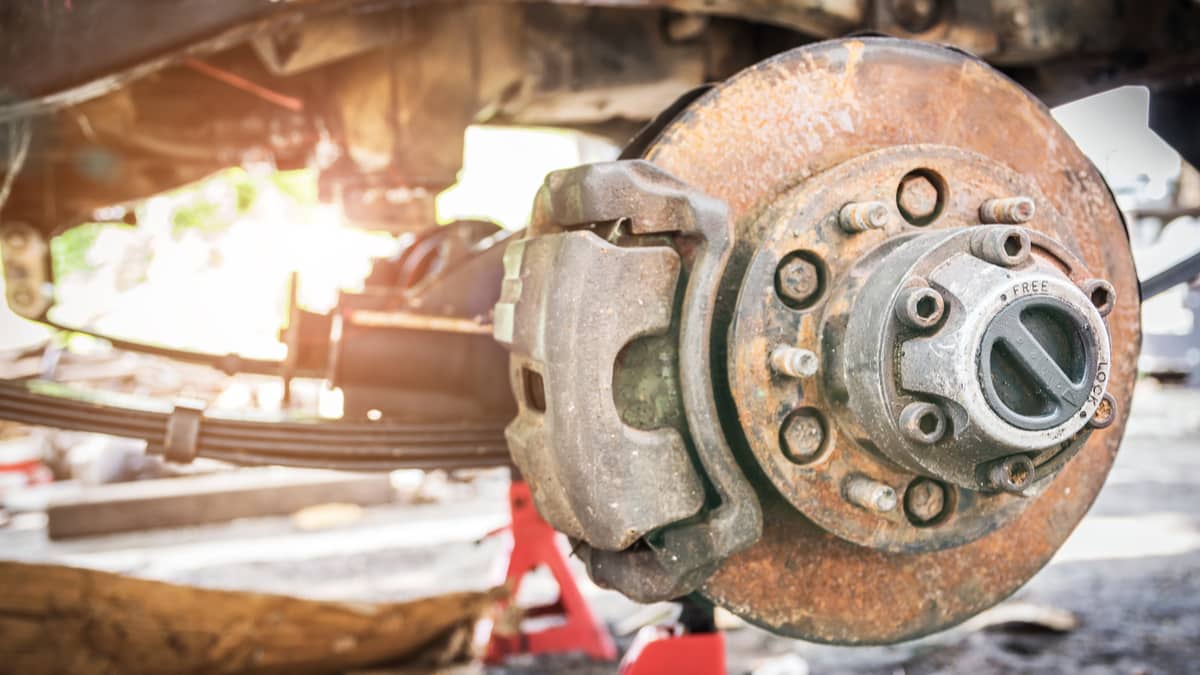
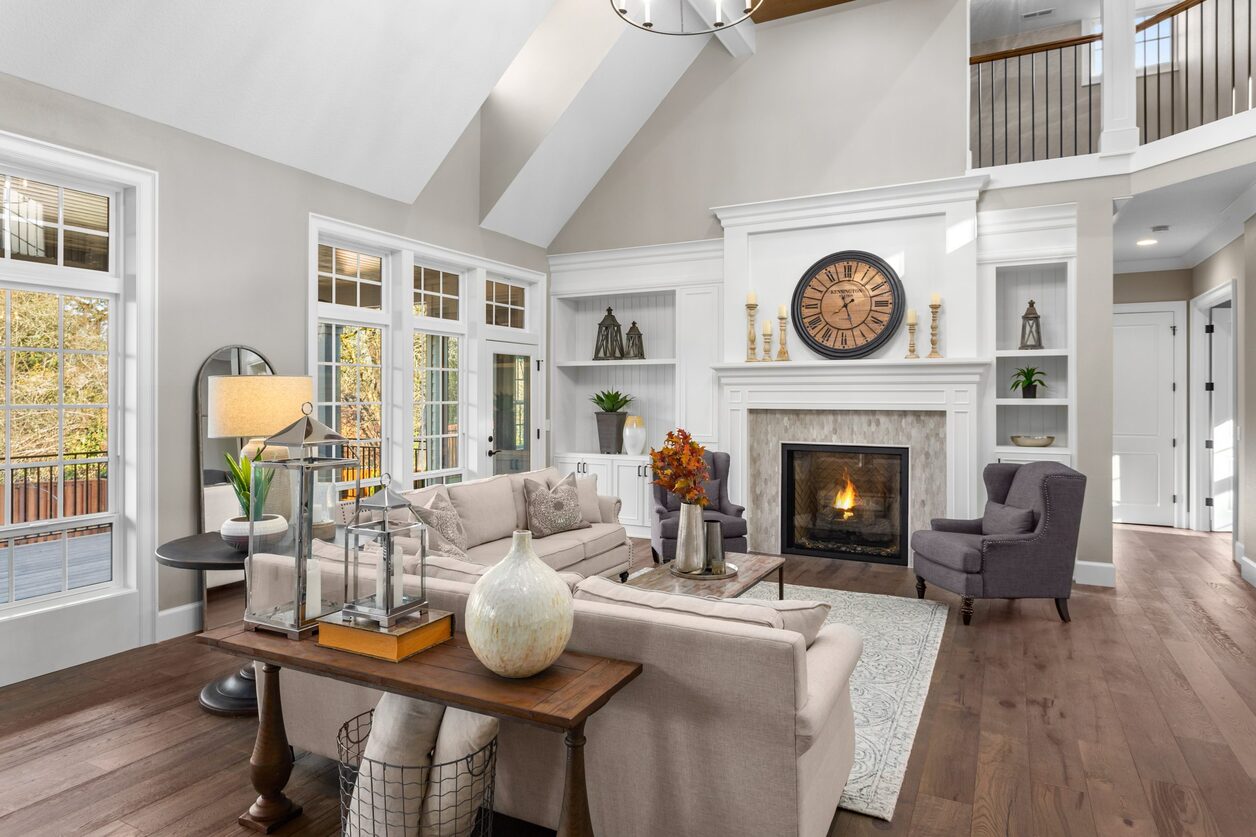
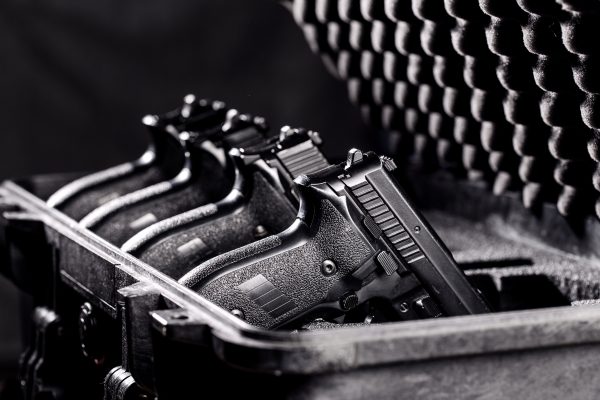
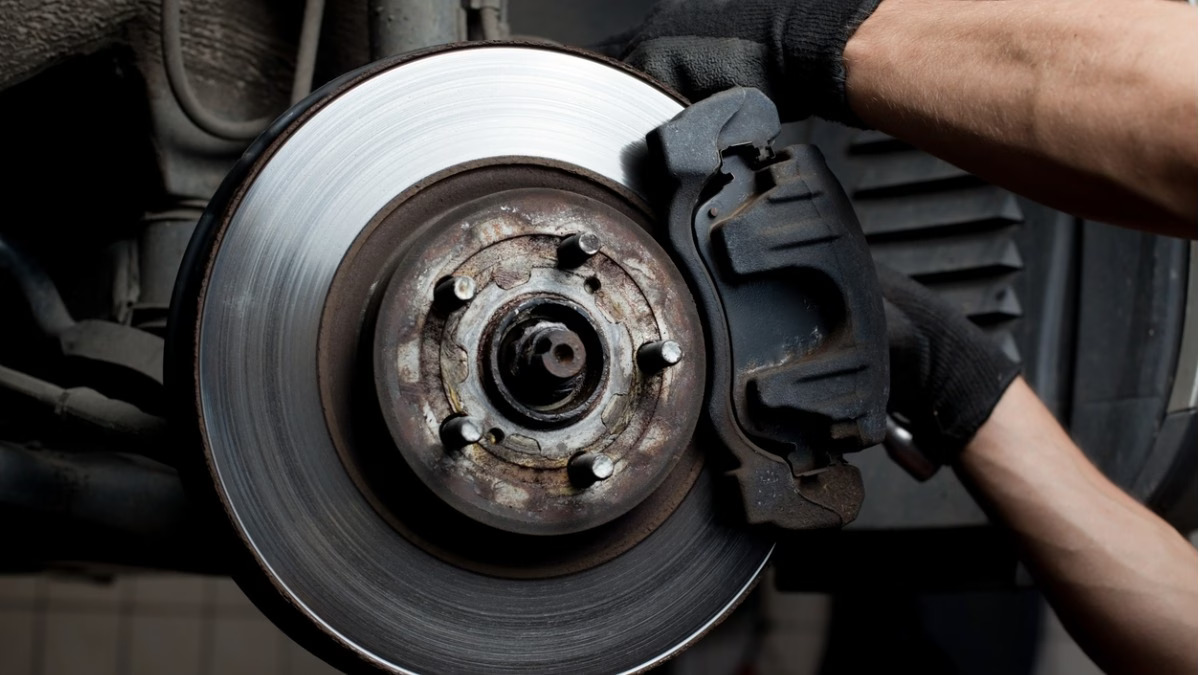
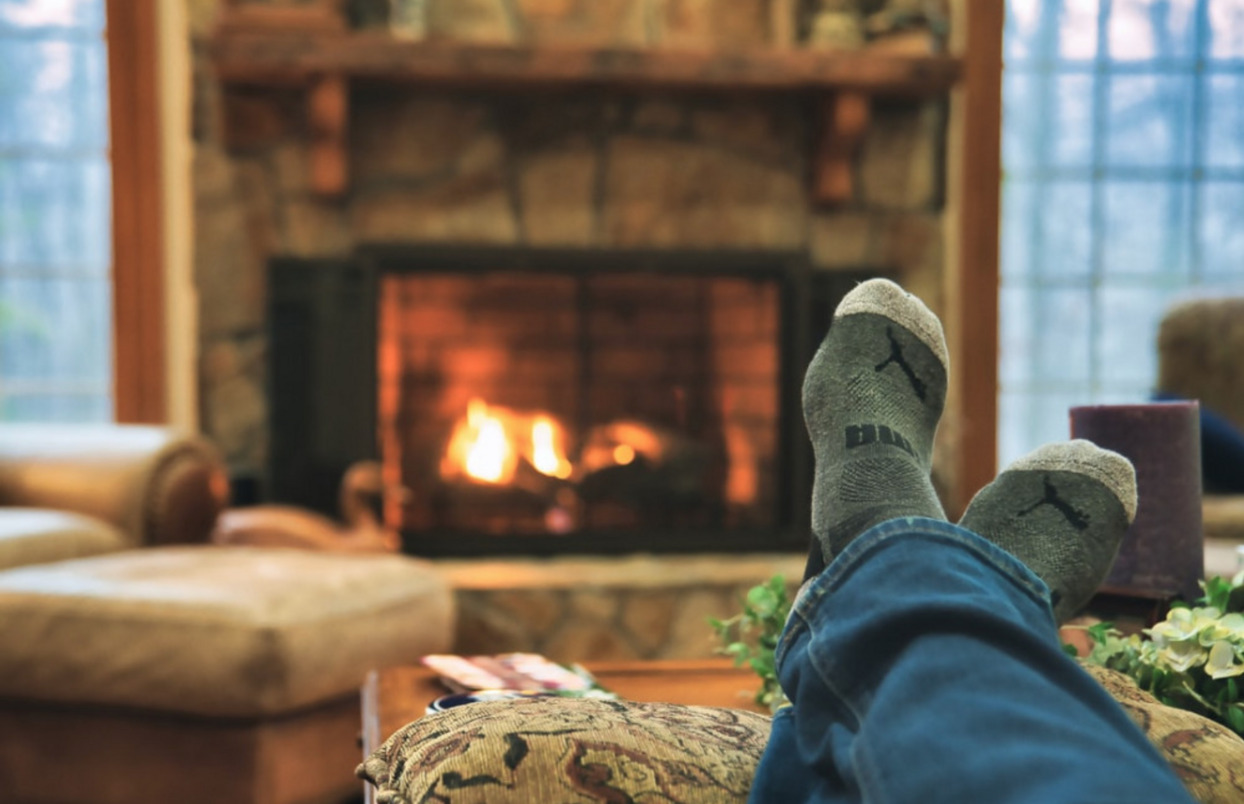
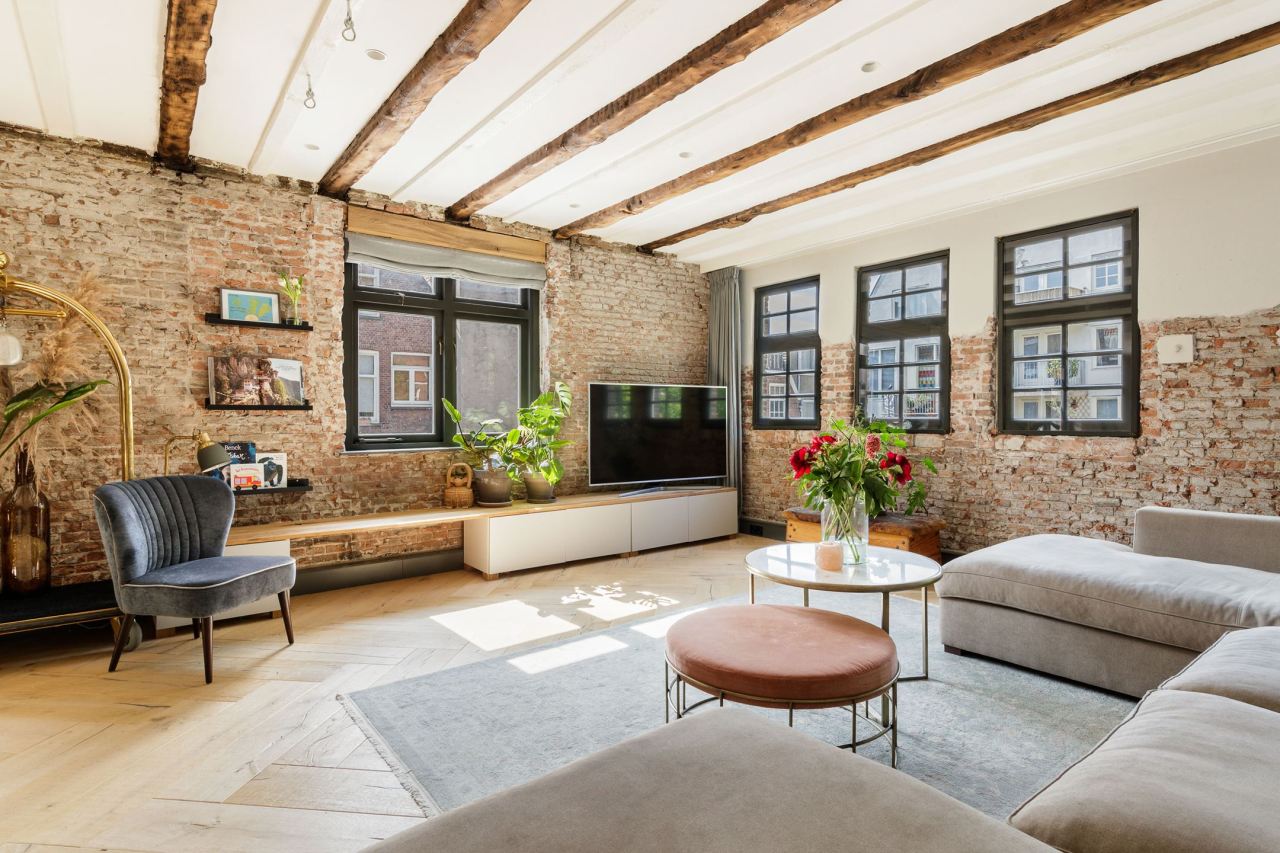
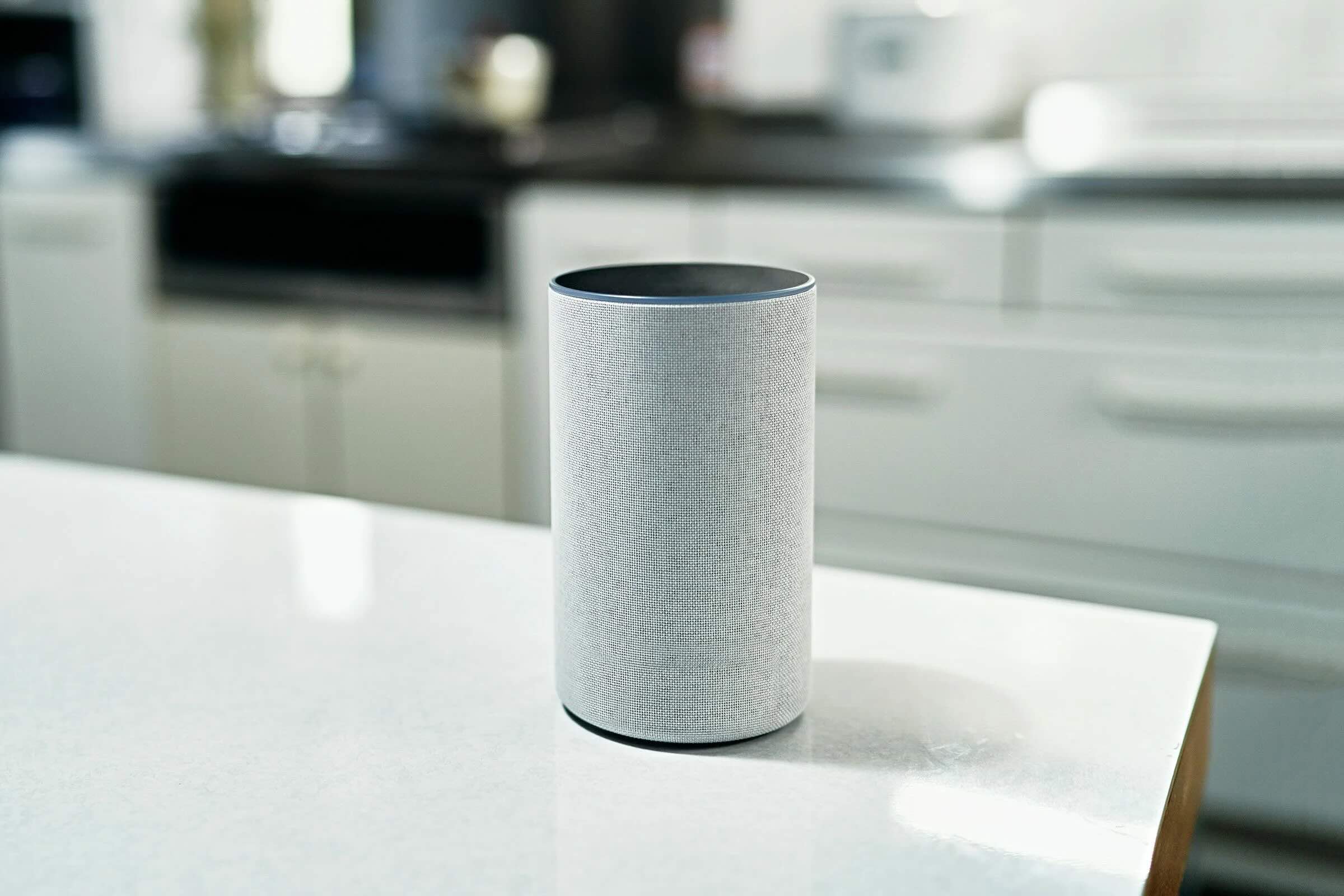
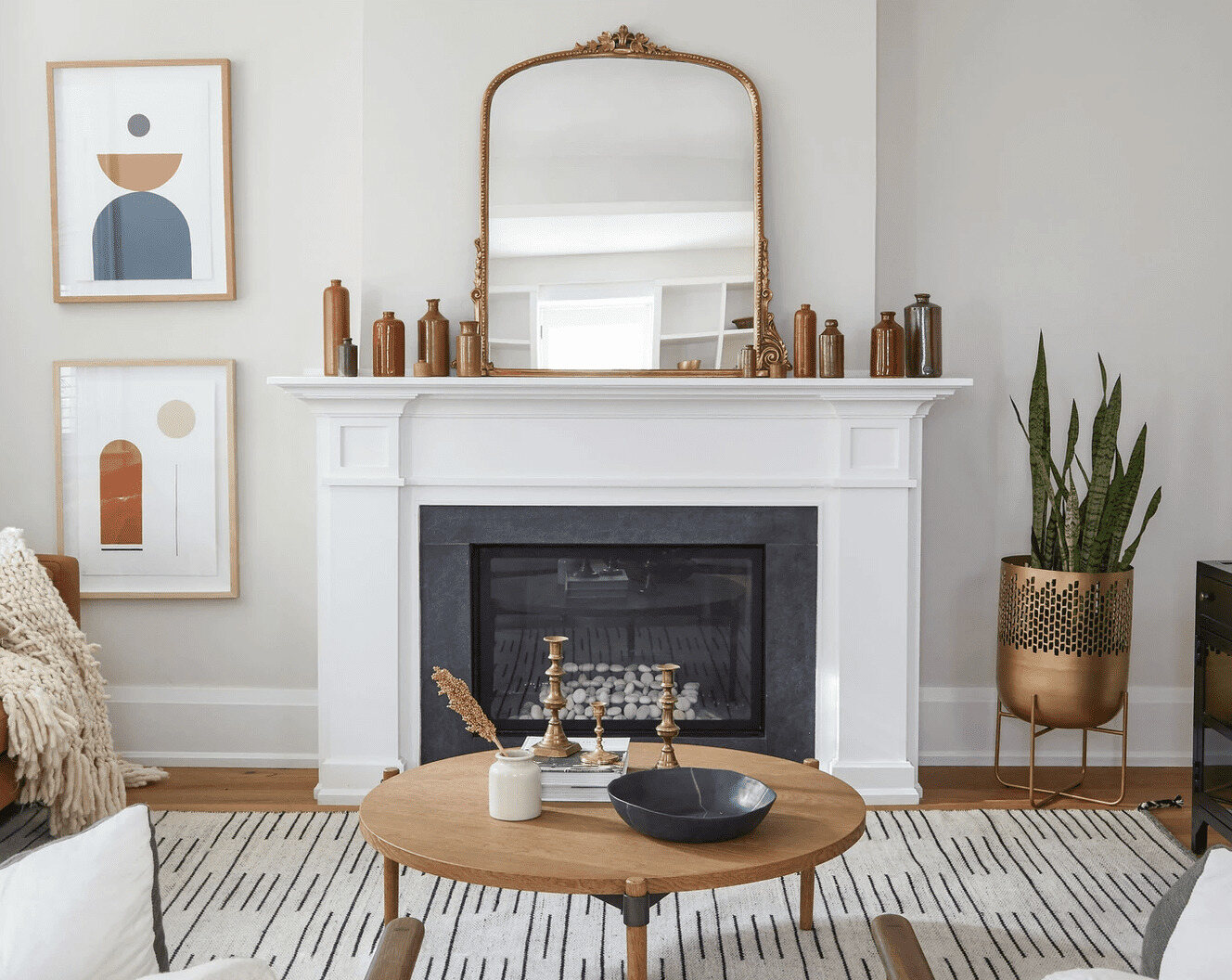
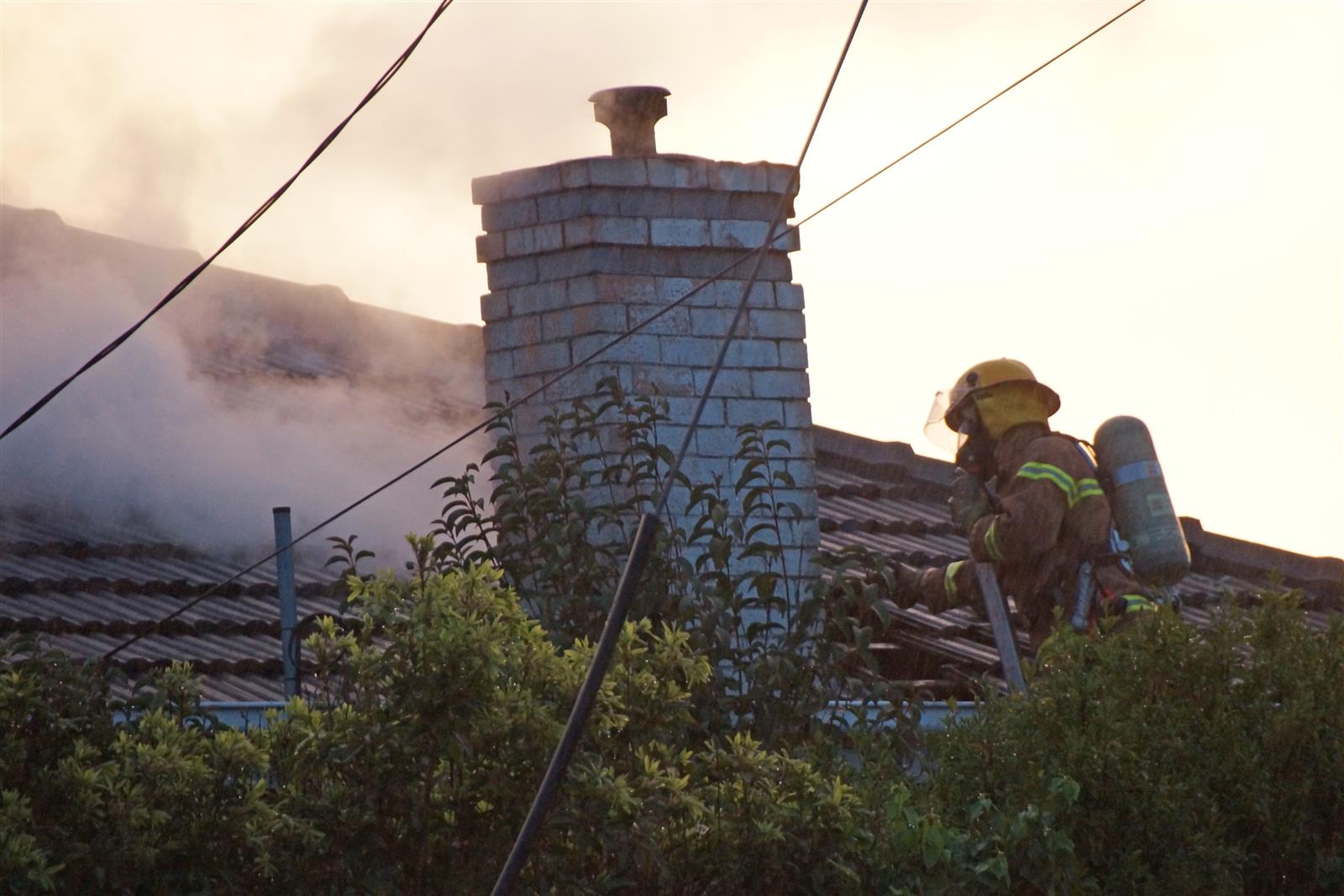
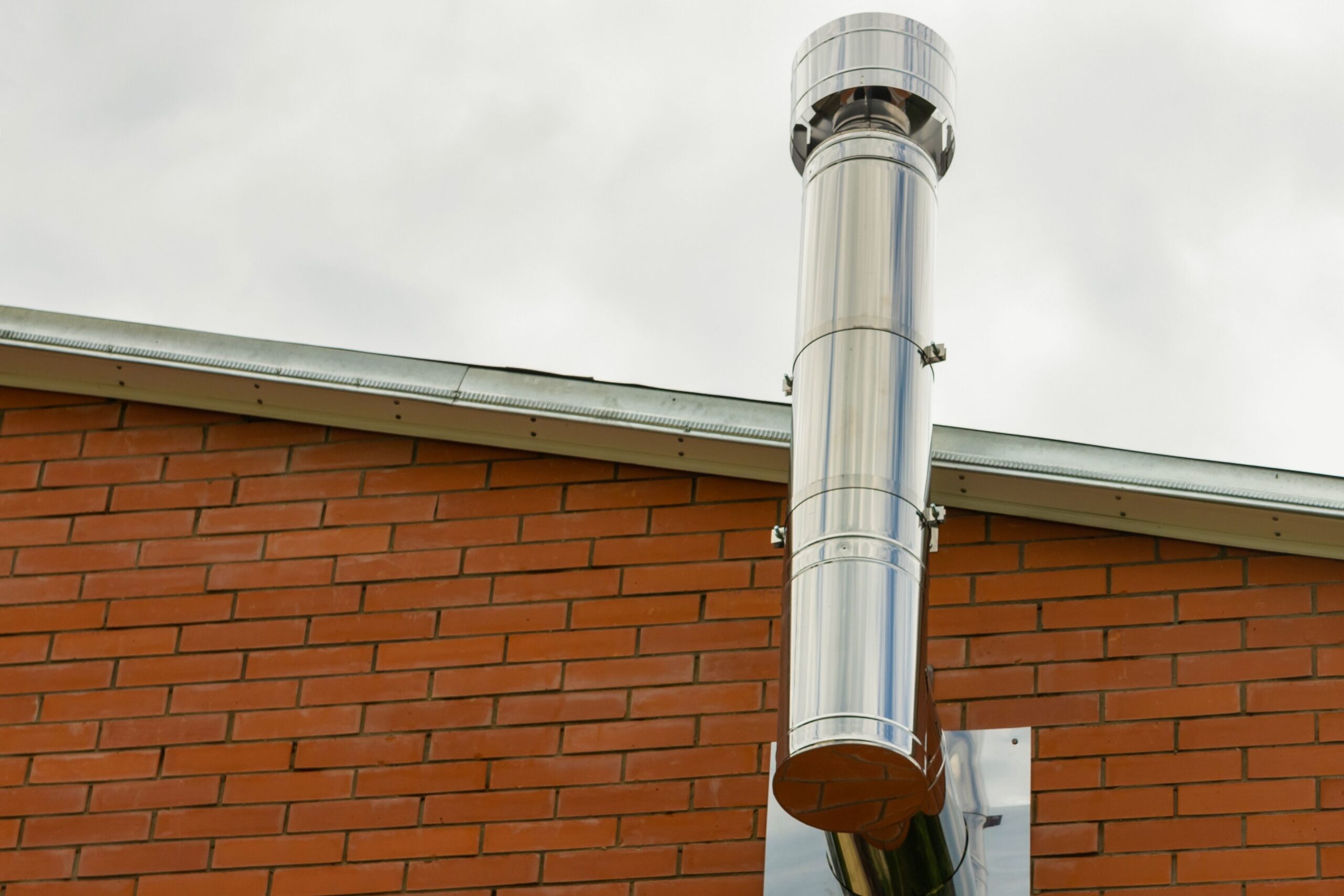
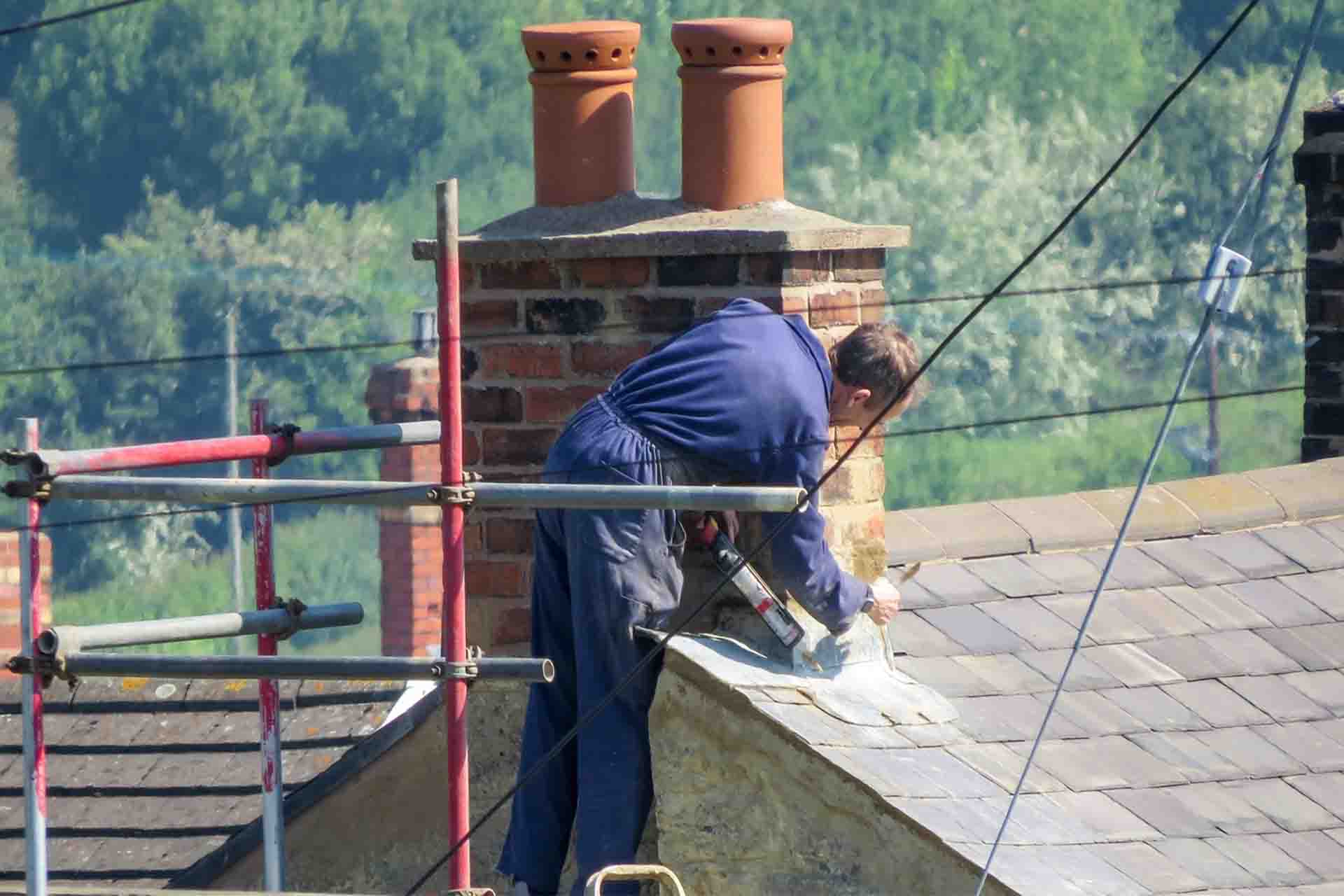
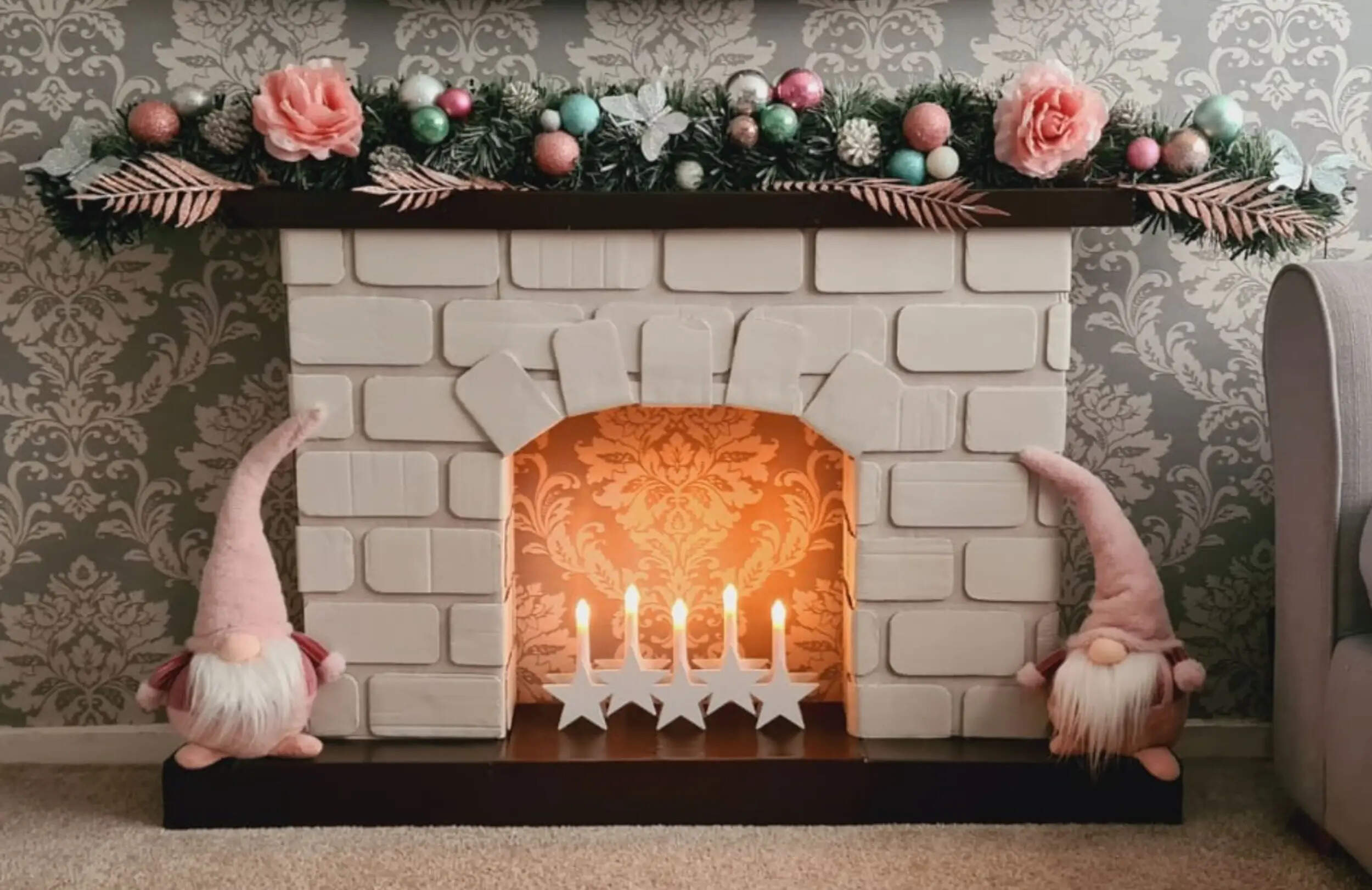
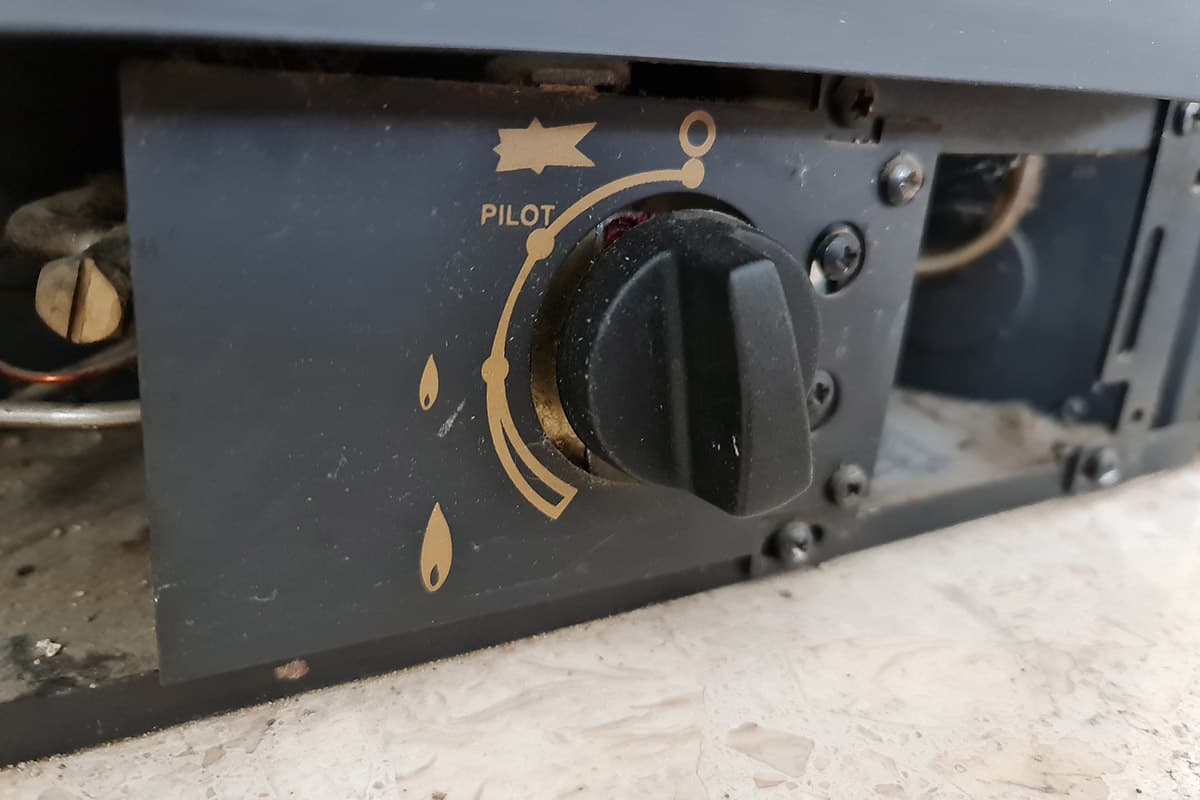

0 thoughts on “How To Know If Chimney Is Safe”